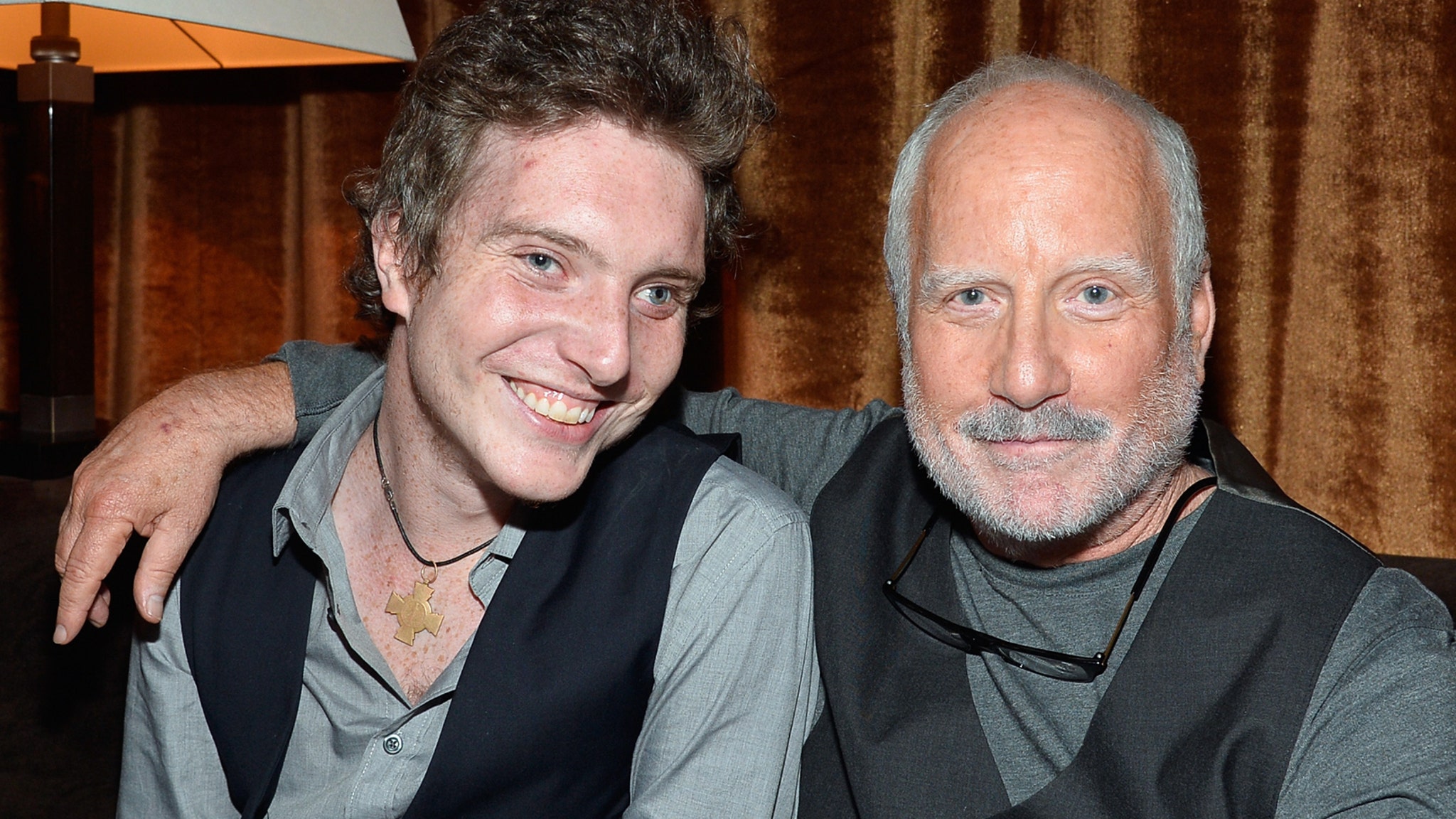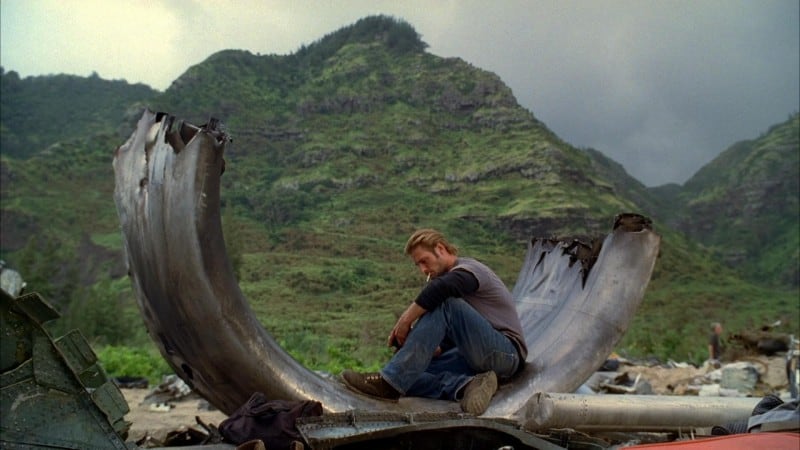Welcome to The Queue — your daily distraction of curated video content sourced from across the web. Today, we’re watching a video essay that looks at Rankin & Bass’ brilliantly inventive cult animated film The Last Unicorn.
When I think about Rankin/Bass, the New York City-based production company, the first thing I think of is not 2-D animation. Like many of you — the first images that pop into my head when I see that blobby, soothing blue title card are stop-motion holiday specials: Rudolph the Red-Nosed Reindeer, The Little Drummer Boy, Santa Claus is Comin’ To Town. You know: round-edged, utlra tactile Animagic.
Some of you may be yelling “hey, what about 1977’s The Hobbit? That was done with traditional cel animation!” You are right. But today I’m here to proselytize about a different Rankin/Bass fantasy feature: 1982’s The Last Unicorn. Featuring a frankly sarcastically talented voice cast (Alan Arkin! Jeff Bridges! Christopher Lee! Mia Farrow!), the film adapts Peter S. Beagle’s insanely popular 1968 novel of the same name (Beagle also wrote the film’s screenplay). If you’ve never heard of the film before — or you’ve only glimpsed passing stills in your online travels — the film follows the titular mythical creature, who sets out to discover why she is the last of her species.
The film is notable for being one of the more obviously “made in Japan” products to come out of Rankin/Bass. Toei Animation — which had previously worked on The Hobbit, among other Rankin/Bass cel-based projects — was hired to animate The Last Unicorn, and their house style definitely bleeds through (and is glimpsed more vibrantly two years later in Hayao Miyazaki’s Nausicaä of the Valley of the Wind).
The video essay below sings the film’s praises and underlines the core thematic appeal of the story: a life-affirming message that doubles down on growth and perseverance.
Watch “The Last Unicorn – Creating Universal Fantasy”
Who made this?
This video essay on why The Last Unicorn rules is by You Have Been Watching Films. United Kingdom-based writer Oliver Bagshaw produces the channel, creating video essays on an assortment of movies, from cult to classic strains of cinema history. You can subscribe to their YouTube channel here.
More videos like this
Related Topics: Animation, The Queue

Recommended Reading
















